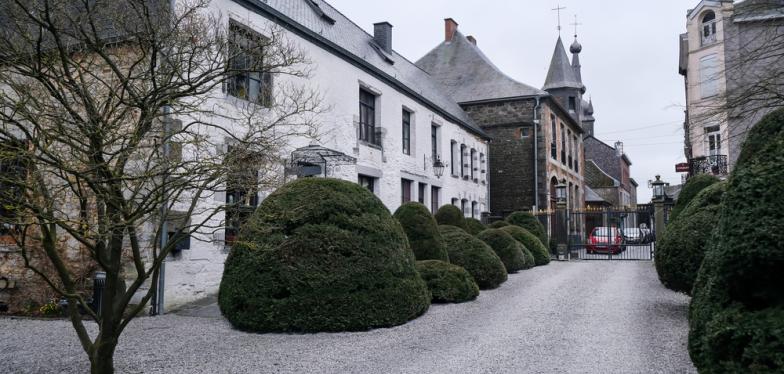Did you know that the Shroud of Turin could have been the Chimay shroud?

The Shroud of Turin is a shroud that is supposed to have covered the body of Christ after his crucifixion. Its authenticity, on which the Vatican does not pass comment, is still strongly debated. Since 1578 it has been kept in the Guarini Chapel of the Cathedral of St. John the Baptist in Turin, hence its name.
What is less well known is that the extraordinary piece of cloth was housed in Chimay Castle in the Middle Ages. It had made its appearance around 1355 in Lirey, near Troyes, and before the end of the 14th century this relic had been the subject of serious doubts as to its authenticity. It was with Margaret de Charny, heiress contested by the canons of Lirey, that the shroud began its wanderings. Margaret's argument for keeping the shroud was that it did not belong to the collegiate church, but to the de Charny family who had only entrusted it to the canons.
From then on, the noblewoman began to travel extensively, taking the shroud with her to try to sell it to the highest bidder. Thus, in 1449, she was in Chimay, in Hainaut. The presentation of the shroud in Chimay is described by the chronicler Corneille de Zantfliet: "In the year of the Incarnation of the Lord 1449, a certain noble lady from the territory of Troyes arrived in a town in Hainaut, named Chimay, carrying with her a cloth on which had been painted, with admirable artifice, the form of the body of Our Lord Jesus Christ,..." The shroud was placed in the castle chapel, where it remained from 1449 to 1452. It was finally ceded, for "services rendered", to the Duke of Savoy. Imagine the cohorts of pilgrims who would have headed for the boot of Hainaut if the Chimay shroud had remained there!